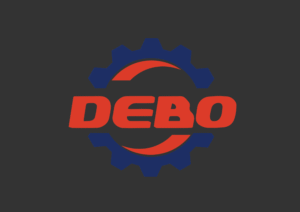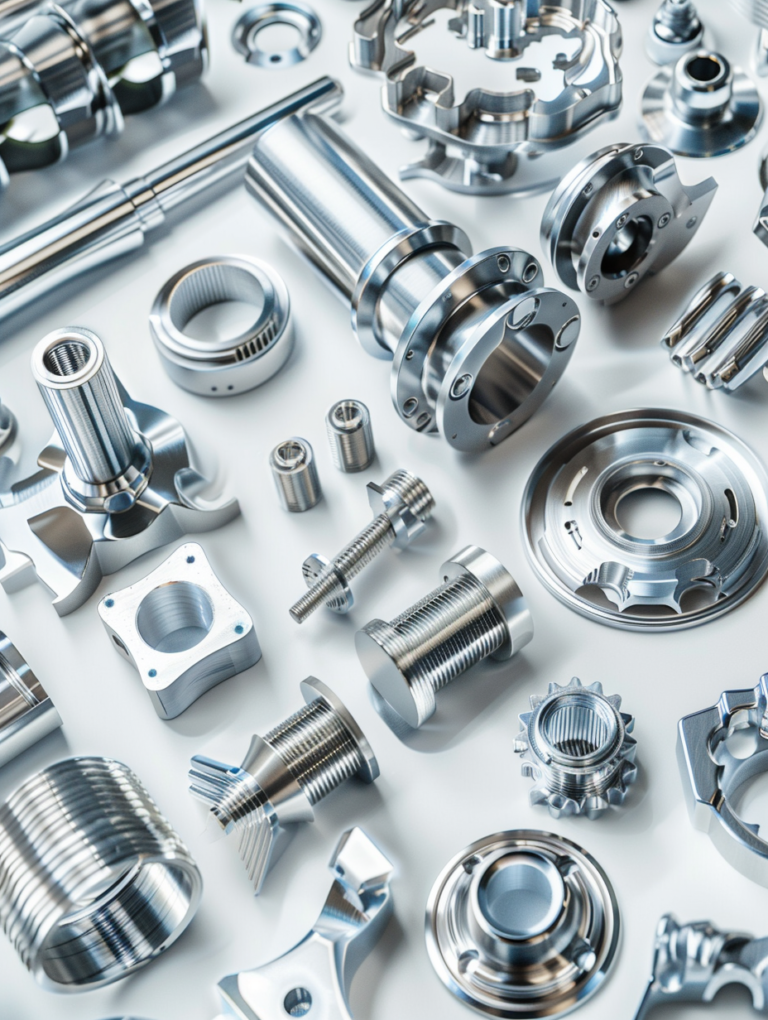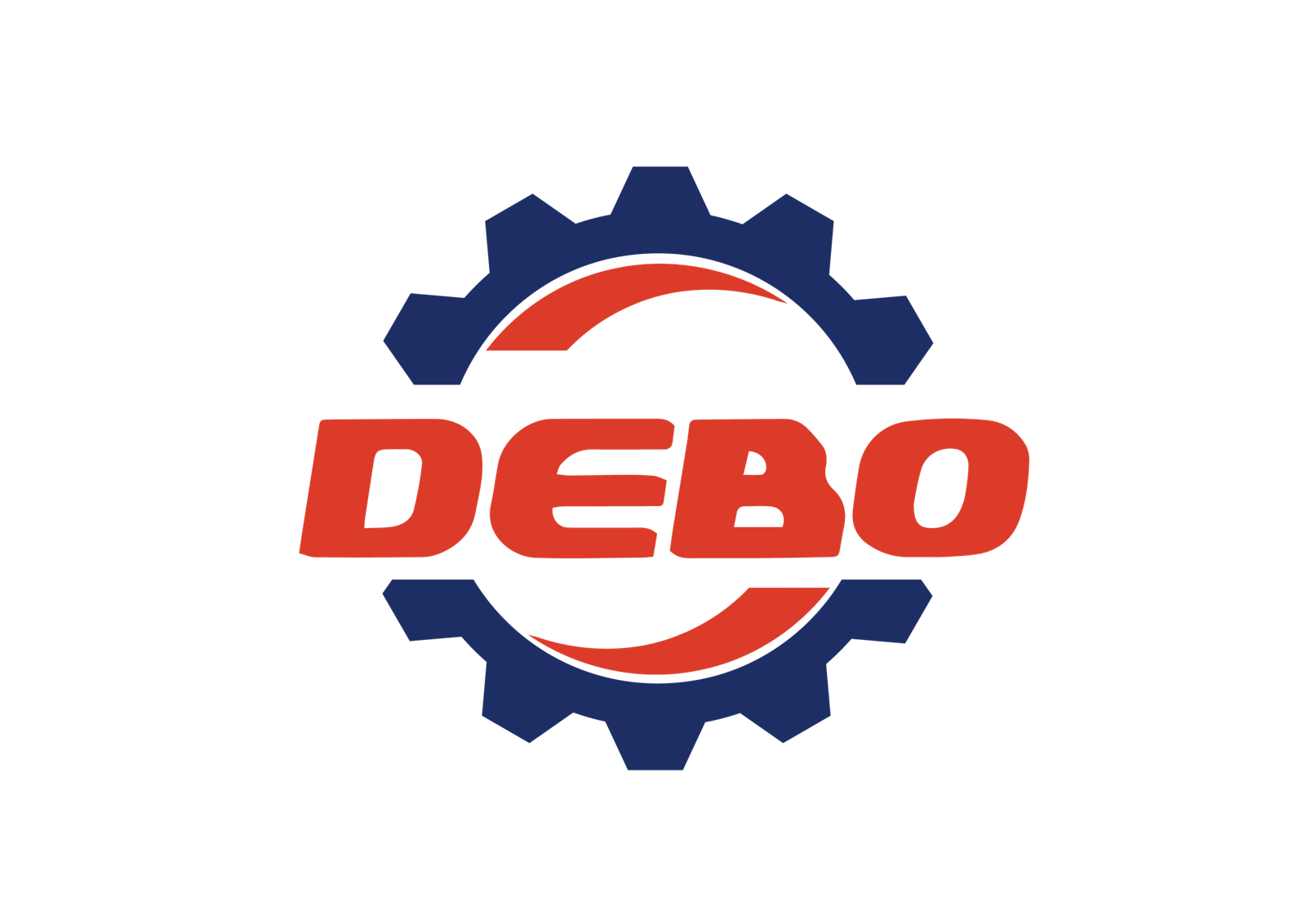In the field of high-strength aluminum alloys, EN AW-7075 and EN AW-2024 are two of the most widely used materials. Known for their excellent mechanical properties and reliable processing performance, both are commonly applied in aerospace, automotive, mold manufacturing, military, and high-performance structural components.
This article presents a comprehensive comparison of EN AW-7075 vs EN AW-2024 from multiple perspectives, including chemical composition, mechanical properties, corrosion resistance, weldability, machinability, and real-world applications. This guide is designed to assist engineers, buyers, and manufacturers in choosing the most suitable aluminum alloy for their project requirements.
Ⅰ. Overview of EN AW-7075 and EN AW-2024
EN AW-7075 Aluminum Alloy
EN AW-7075 is a high-strength aluminum-zinc-magnesium-copper alloy from the 7xxx series. Zinc is the main alloying element, with magnesium and copper playing supporting roles. This alloy is known for its exceptionally high strength-to-weight ratio, making it ideal for aerospace frames, racing components, bicycles, and defense products that demand maximum strength and stiffness.
EN AW-2024 Aluminum Alloy
EN AW-2024 belongs to the aluminum-copper alloy series (2xxx series). Copper is the primary alloying element, along with magnesium and manganese. EN AW-2024 combines good strength with excellent fatigue resistance, making it widely used in aerospace fittings, aircraft structures, and automotive suspension systems.
Ⅱ. Chemical Composition Comparison
| Alloy | Major Alloying Elements (by weight %) |
| EN AW-7075 | Zn: 5.1–6.1%, Mg: 2.1–2.9%, Cu: 1.2–2.0%, Cr: 0.18–0.28% |
| EN AW-2024 | Cu: 3.8–4.9%, Mg: 1.2–1.8%, Mn: 0.3–0.9%, Fe: ≤0.5% |
Insight:
7075 contains a high level of zinc, contributing to its superior strength, while 2024 relies on copper for strength and fatigue resistance. Each alloy suits different types of stress conditions—7075 for static load, and 2024 for dynamic load applications.
Ⅲ. Mechanical Properties Comparison (T6 Temper)
| Property | EN AW-7075-T6 | EN AW-2024-T6 |
| Ultimate Tensile Strength (MPa) | 510–580 | 450–490 |
| Yield Strength (MPa) | 430–500 | 320–420 |
| Elongation (%) | 5–11 | 10–20 |
| Elastic Modulus (GPa) | 71.7 | 73.1 |
| Hardness (HB) | 150–160 | 120–135 |
Analysis:
EN AW-7075 offers significantly higher strength, making it ideal for high-stress applications. EN AW-2024, on the other hand, provides better ductility and fatigue resistance, which is important for components subject to cyclic loading.
Ⅳ. Corrosion Resistance
- EN AW-7075: Susceptible to stress corrosion and pitting due to high copper content. Not suitable for marine or humid environments unless treated with anodizing, painting, or sealing.
- EN AW-2024: Also has poor natural corrosion resistance but performs slightly better than 7075 in fatigue-corrosive environments.
Conclusion:
Both alloys require protective surface treatments for long-term use in aggressive environments.
Ⅴ. Weldability and Machinability
| Property | EN AW-7075 | EN AW-2024 |
| Weldability | Poor – prone to cracking | Very poor – not recommended for welding |
| Machinability | Excellent | Excellent |
| Cold Formability | Moderate to poor | Good |
| Hot Formability | Limited – risk of cracking | Good with proper heat treatment |
Analysis:
Both alloys offer excellent machinability, especially for CNC machining. However, welding is not recommended, particularly for 2024, due to a high tendency for hot cracking. If welding is required, alternative alloys from the 6xxx or 5xxx series are preferred.
Ⅵ. Typical Applications
| Industry | EN AW-7075 Applications | EN AW-2024 Applications |
| Aerospace | Spars, wing ribs, landing gear components | Fuselage skins, wing ribs, fasteners |
| Automotive & Racing | Suspension arms, chassis brackets, engine mounts | Body frames, strut mounts |
| Mold Making | High-strength mold bases and fixtures | Stamping dies, aircraft molds |
| Sporting Goods | Bicycle frames, trekking poles, ski bindings | Archery parts, flying model parts |
| Defense | Firearm bodies, stocks, ammunition casings | Missile parts, launcher components |
Conclusion:
- EN AW-7075 is better suited for high-load, static strength applications.
- EN AW-2024 is ideal for fatigue-sensitive, dynamic structures that require good formability.
Ⅶ. How to Choose Between EN AW-7075 and EN AW-2024
| Use Case | Recommended Alloy | Reason |
| High strength and lightweight structures | EN AW-7075 | Offers superior strength-to-weight ratio |
| Components subject to cyclic fatigue | EN AW-2024 | Better fatigue resistance and ductility |
| Welded assemblies | Neither (choose 6xxx or 5xxx series) | Poor weldability in both alloys |
| Harsh environments (corrosive) | Either, with surface treatment | Use anodizing or coating for protection |
Ⅷ. Final Thoughts
EN AW-7075 and EN AW-2024 are two of the most powerful high-performance aluminum alloys in the industry. While they share some common features—like excellent machinability and high strength—their differences make each better suited to specific applications:
- Choose EN AW-7075 when maximum strength and stiffness are required, such as in aerospace structures and racing components.
- Choose EN AW-2024 when fatigue resistance, ductility, and formability are more critical, such as in dynamically loaded parts and structural assemblies.
Both alloys benefit from surface protection such as anodizing or painting due to their relatively low corrosion resistance. Proper alloy selection based on application needs, production method, and environmental exposure is essential for optimal performance and cost-effectiveness.


